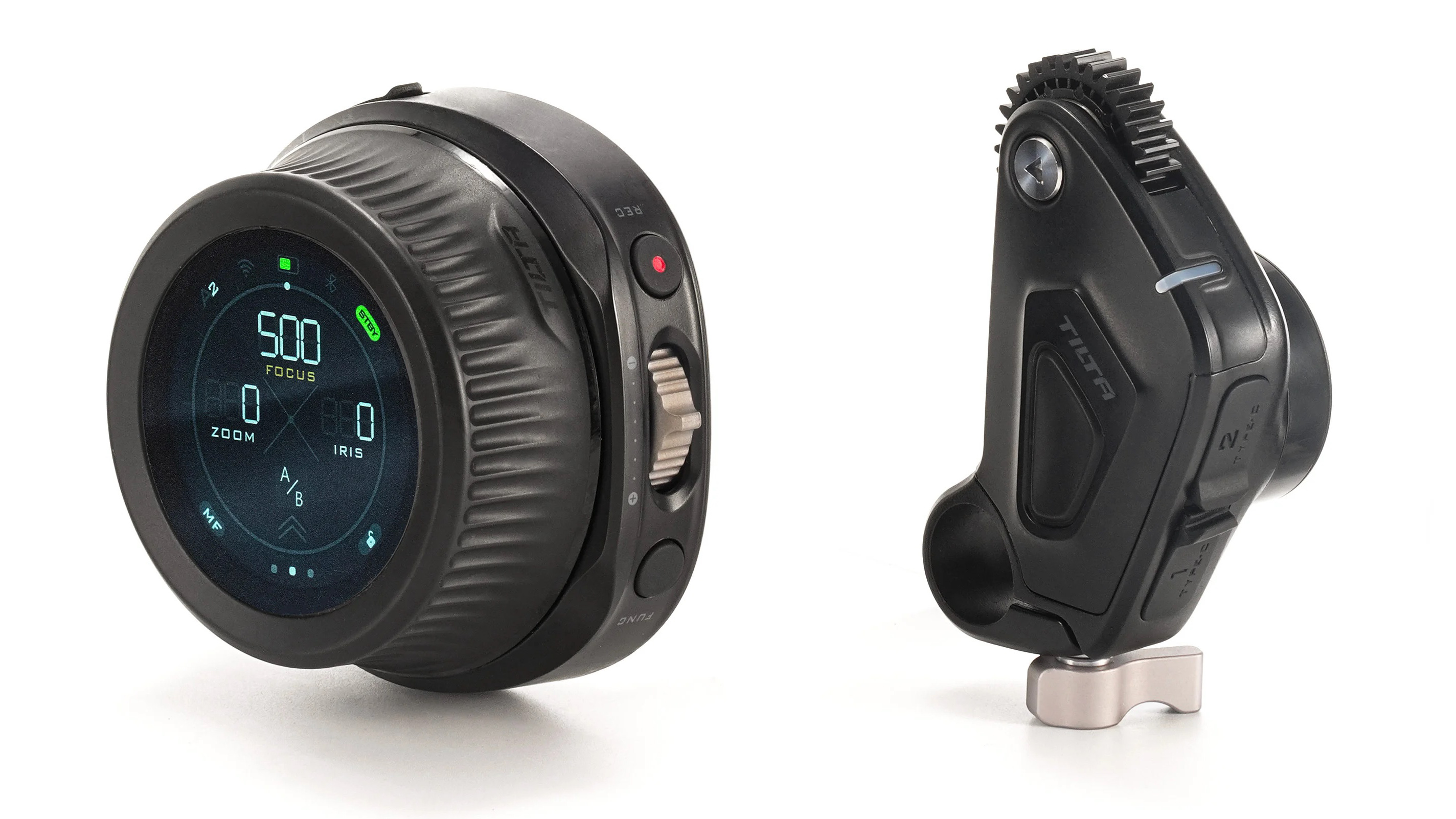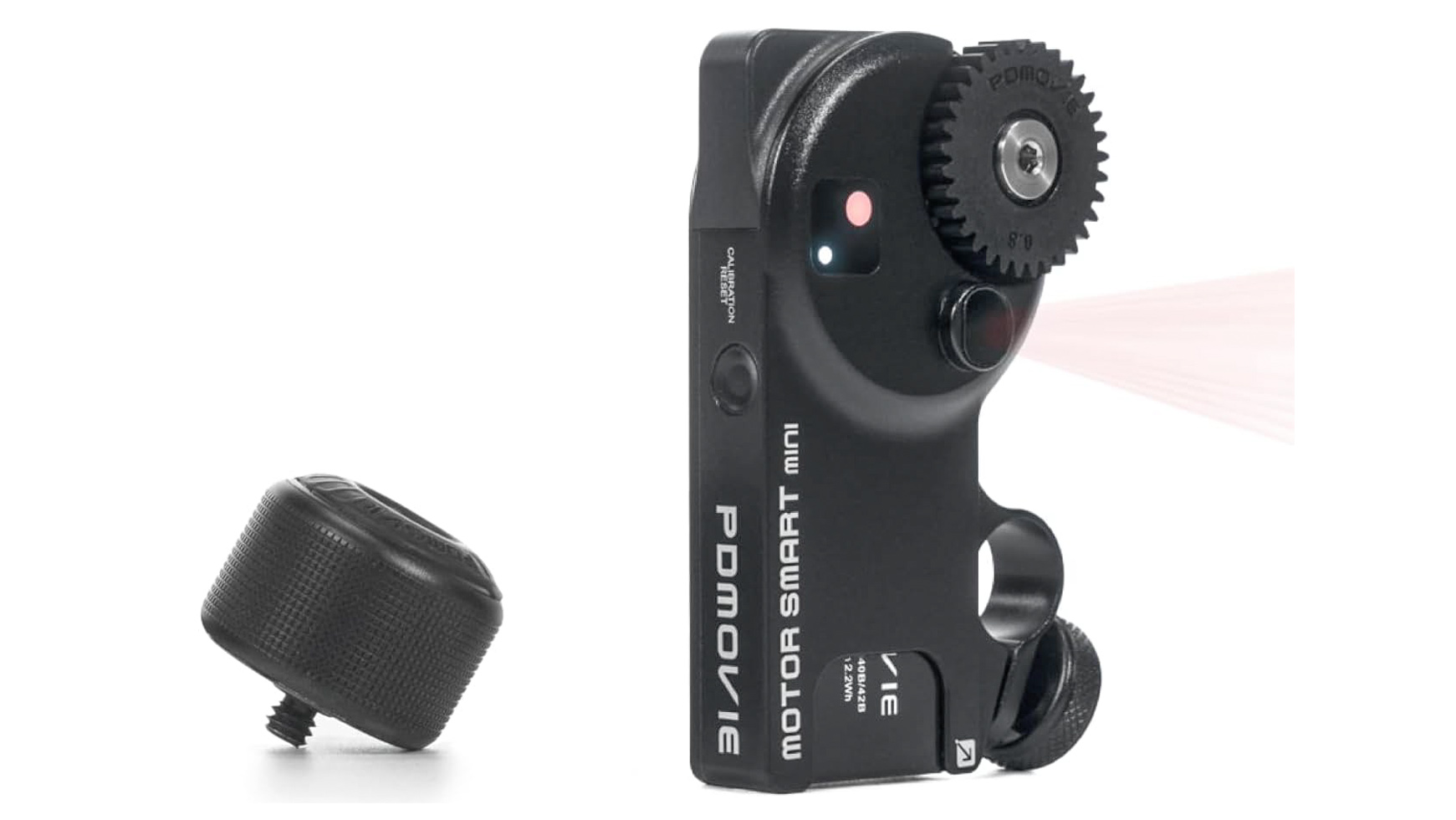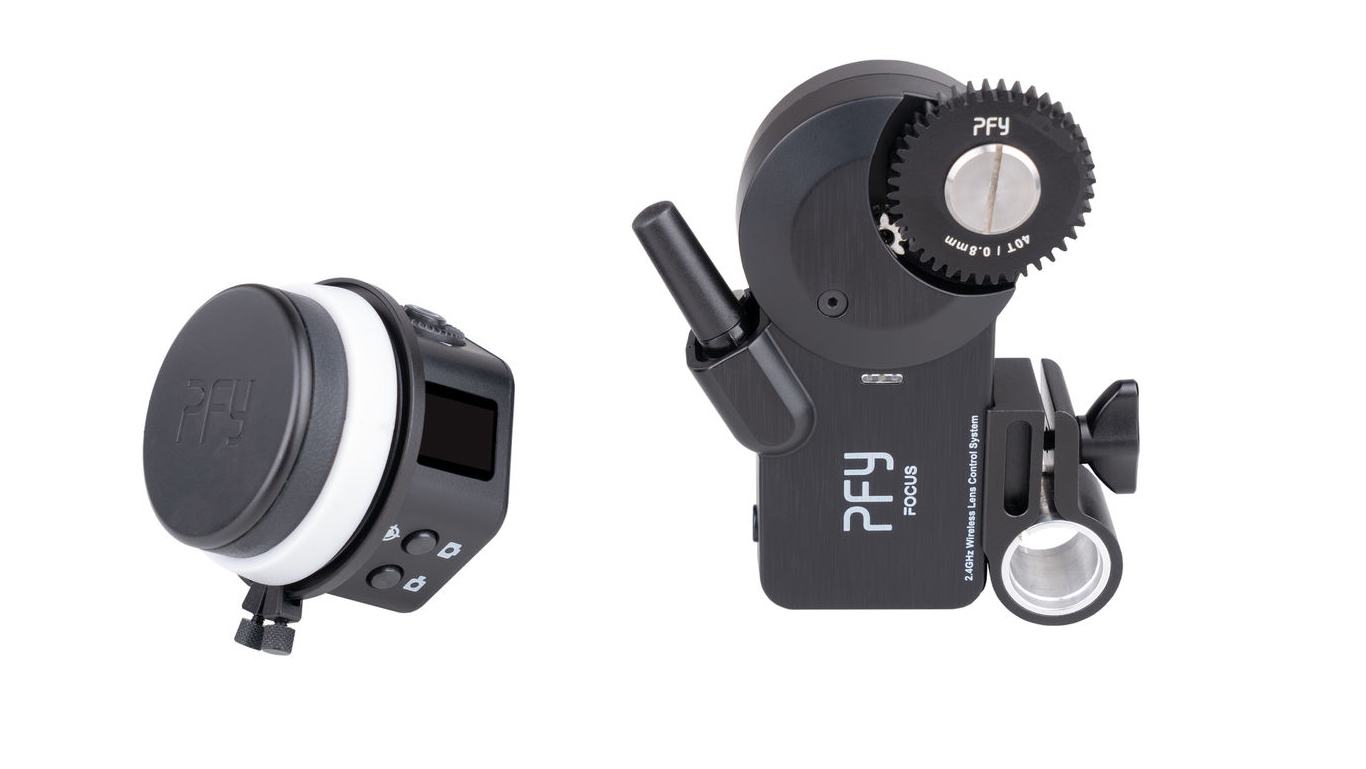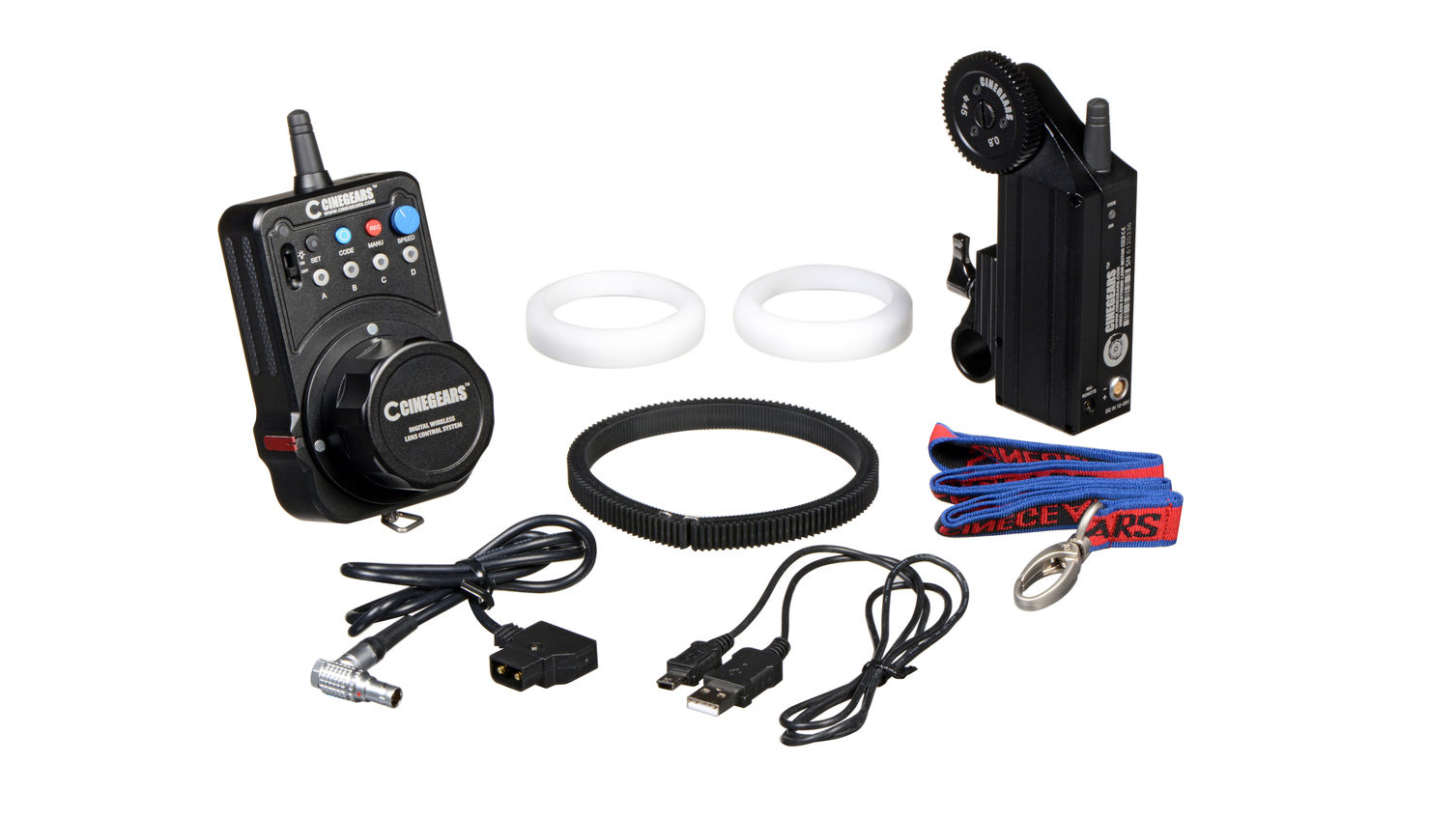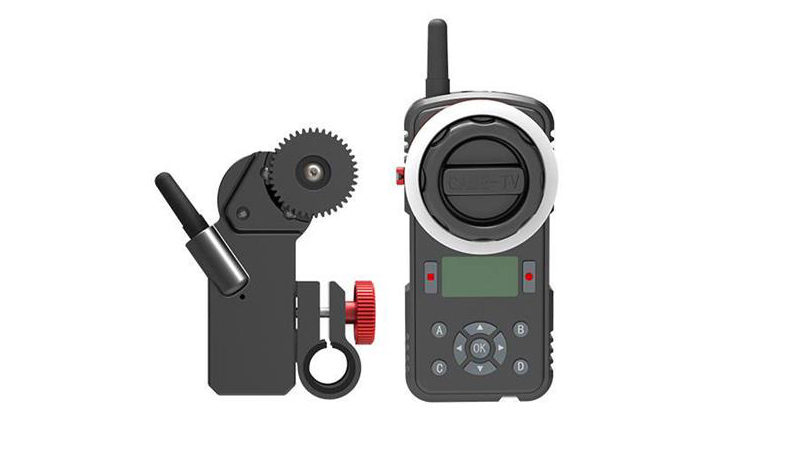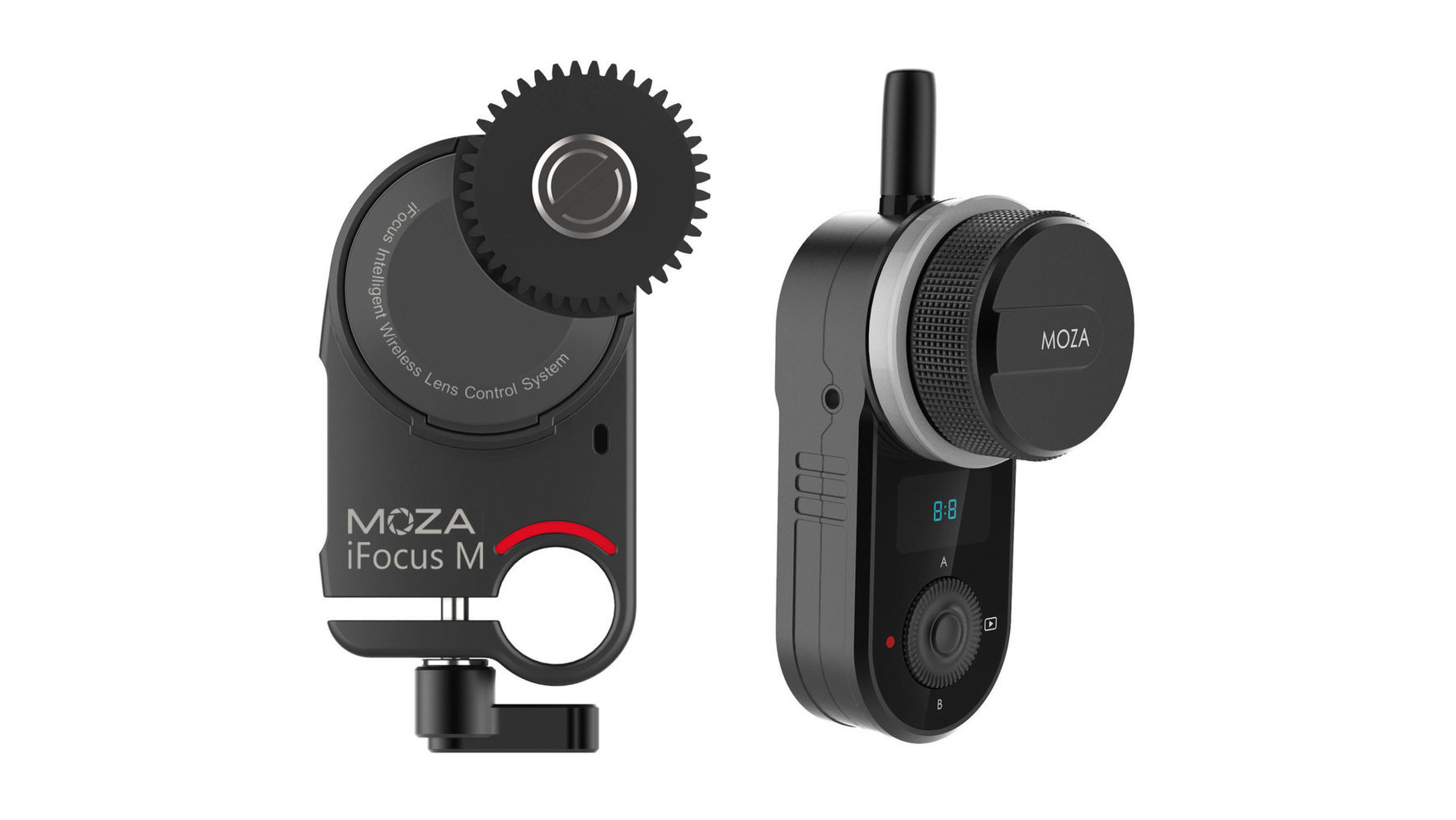Best wireless follow focus units for filmmakers
These wireless follow focus units let you ditch manual focus pulling for 21st century technology
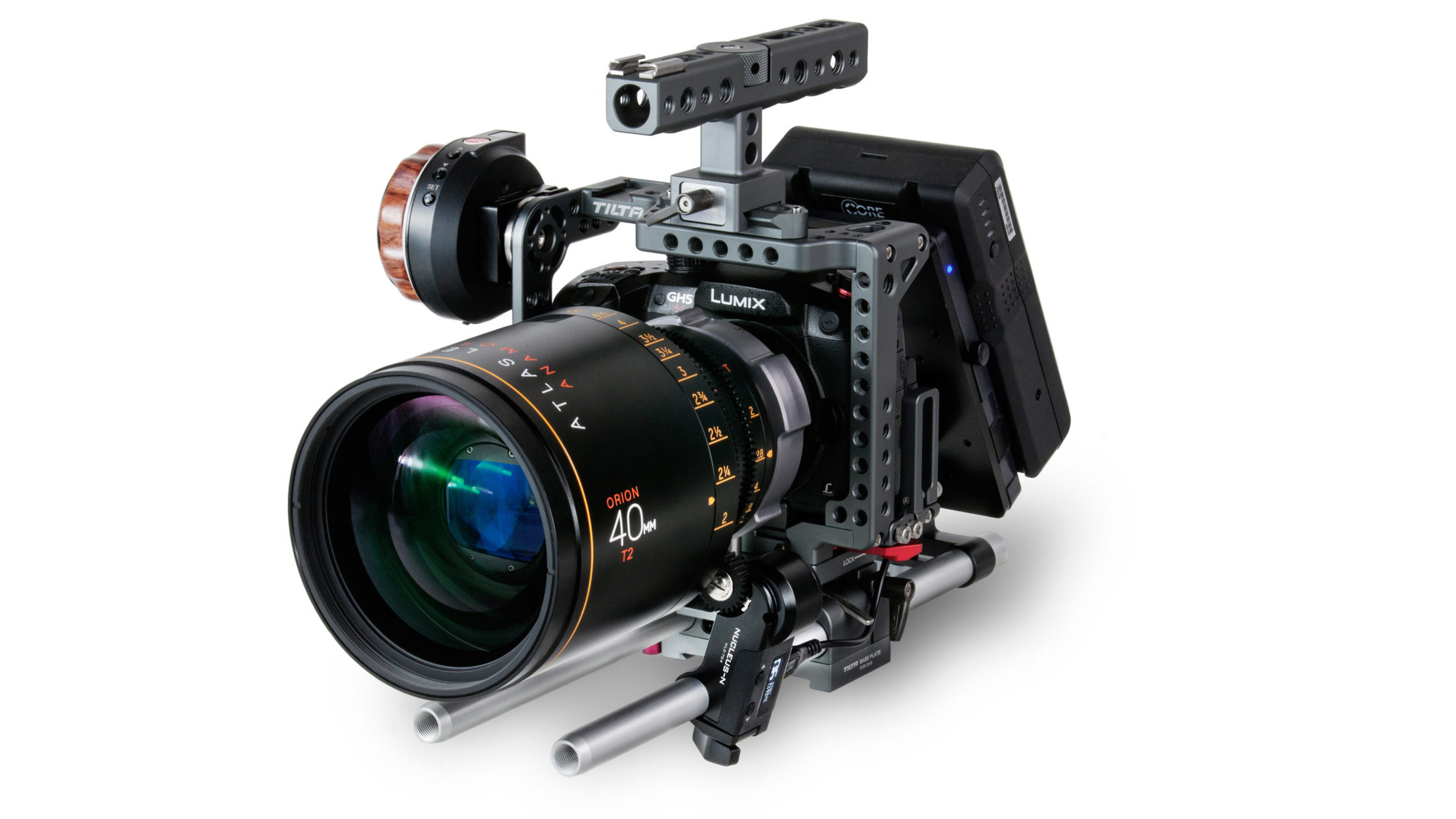
Wireless follow focus systems are a game-changer for filmmakers, offering more precise focus control and enabling smoother, more engaging video than traditional manual methods. If you’re just starting out in cinematography or exploring the world of video, you may have already encountered the challenge of manually pulling focus on your cine or photo lenses. It’s a tough skill to master, but it’s essential for achieving professional results.
Now, let's get something straight—autofocus might seem like an easy solution, but even the most advanced systems aren’t foolproof. They can often focus on the wrong subject or object, leaving you with less control over your shot. That’s why manual focus remains the gold standard in filmmaking, even for top-tier cameras used in Hollywood productions like Arri, Red, and IMAX-certified models, which don’t rely on autofocus at all. For anyone serious about filmmaking, learning to pull focus manually is a crucial skill.
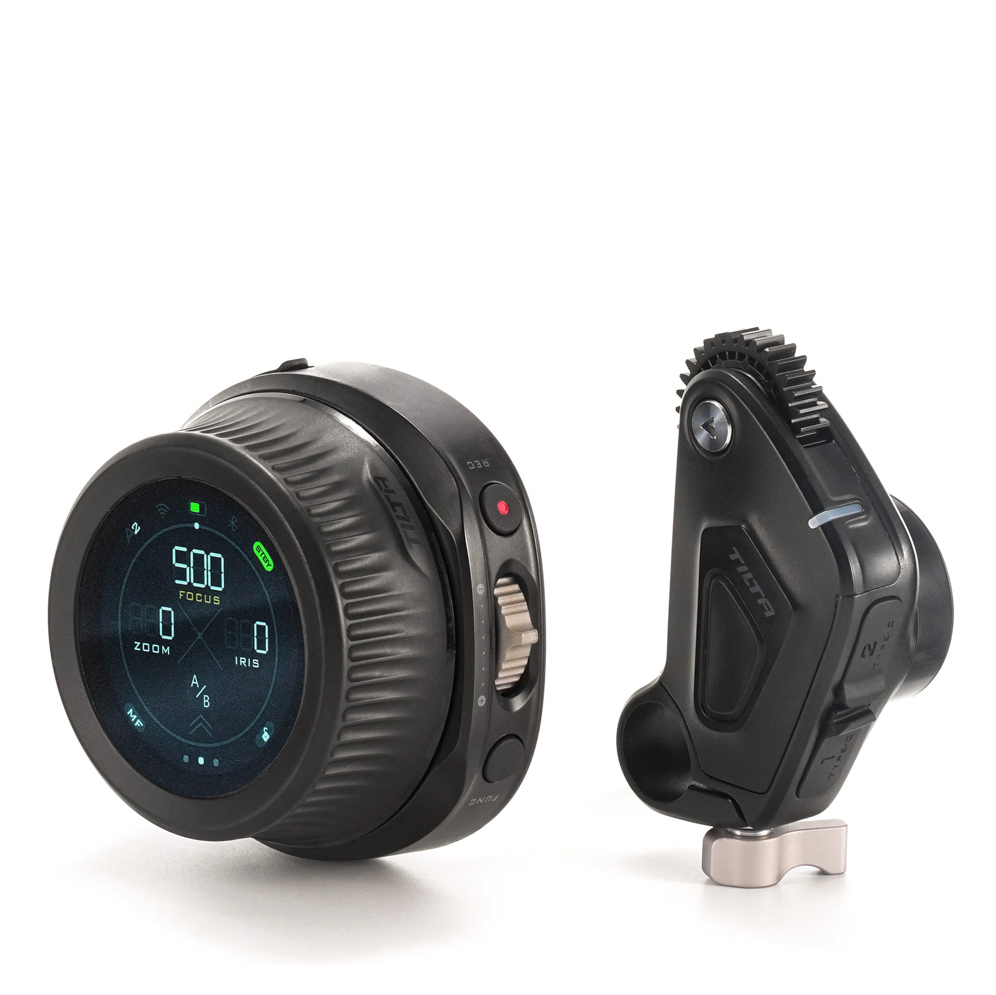
The Tilta Nucleus-Nano offers wireless focus control for DSLR, mirrorless, and cine lenses with a 300-foot range, making it a versatile and efficient tool for filmmakers of all levels.
Read more below
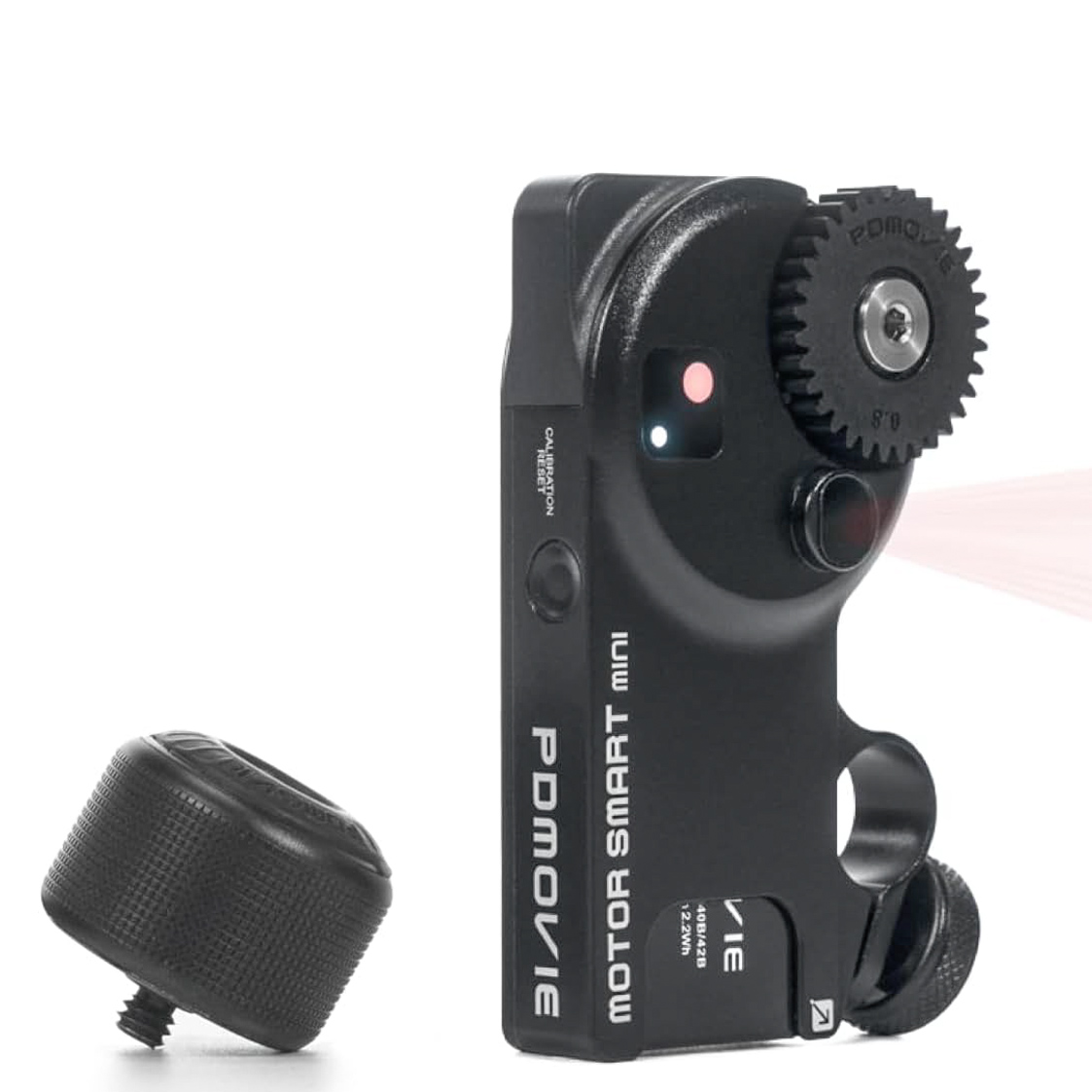
The PDMovie Live Air 3 offers wireless focus control for DSLR, mirrorless, and cine lenses. Its compact design, built-in battery, and high-torque motor make it perfect for handheld rigs, providing reliable focus control on the go.
Read more below
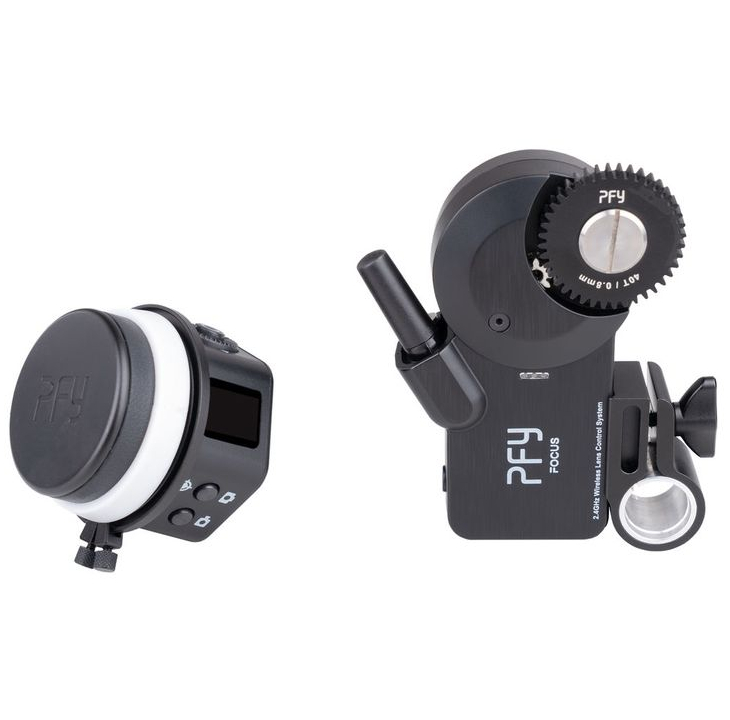
The PFY Focus is a compact, wireless system with a 164-foot range, Zoom In/Out, and a Start/Stop button, perfect for efficient, minimalist filmmaking.
Read more below
The best wireless follow focus
Why you can trust Digital Camera World
Best overall
Specifications
Reasons to buy
Reasons to avoid
✅ You want precise wireless focus control: The Nucleus-Nano allows for accurate and smooth focus adjustments on a wide variety of lenses.
✅ You want beginner and pro-friendly tech: the Nucleus Nano provides an accessible and efficient solution for improving your cinematography.
❌ You want no interference in busy environments: While the 300ft range is impressive, wireless signals can be subject to interference in crowded or high-traffic areas
The Nucleus Nano Wireless Focus Control System from Tilta has become a favorite among independent filmmakers, with the new Mark II make significant improvements overall the original. This system allows users to wirelessly adjust the focus on a wide range of lenses, including DSLR, mirrorless, and cine-style lenses, making it highly adaptable for various shooting environments.
With a wireless range of up to 300 feet, the units can easily communicate with each other, providing seamless control from a distance. Additionally, the system can be mounted in multiple configurations, catering to different shooting styles and preferences.
Whether you're a beginner or an experienced filmmaker, the Nucleus Nano II provides an efficient and accessible tool for enhancing your cinematography.
See our full Tilta Nucleus Nano II review
Best minimalist setup
2. PDMovie Live Air 3 Compact Wireless Focus Control Kit
Specifications
Reasons to buy
Reasons to avoid
✅ You want a high-torque motor for versatile lens compatibility: The powerful motor is capable of handling a wide range of lenses, from lightweight DSLR and mirrorless lenses to heavier cine lenses, ensuring smooth focus control across different setup.
✅ You want multiple mounting options: The system provides adaptable mounting configurations, allowing it to be easily integrated into different rig setups, whether handheld or on a shoulder rig.
❌ You want more than single-user focus control: While great for solo operators, the system may be limiting for larger productions where multiple focus points or crew members are involved in lens control.
❌ You want better power options: Though portable, the removable battery system requires monitoring during extended shoots, and frequent recharging may be necessary depending on the project duration.
The PDMovie Live Air 2 Compact Wireless Focus Control Kit is a highly versatile and convenient tool for filmmakers, eliminating the need for external D-Tap power. It features a built-in, removable battery system for both the motor and controller, reducing cable clutter and simplifying your rig. The high-torque motor handles a range of lenses, from DSLR and mirrorless to cine lenses, with smooth focus control.
Its compact design is ideal for lightweight setups, including gimbals and handheld rigs, while its responsive controllers offer precise focus adjustments for dynamic shots. The system includes multiple mounting options, making it adaptable for different shooting styles. With wireless operation, a single user can control focus across various shooting scenarios without additional crew.
Perfect for filmmakers on the go, the PDMovie Live Air 2 provides portable, powerful, and reliable focus control for projects ranging from indie films to professional productions.
Best budget option
3. PFY Follow Focus
Specifications
Reasons to buy
Reasons to avoid
✅ You want Zoom In/Out functionality: Easily control motorized lenses with smooth zoom adjustments, enhancing your creative options during shoots without manual interference.
✅ You want a simplified recording process: The dedicated Start/Stop recording button allows for one-click recording.
❌ You want versality for all setups: While great for gimbals and tripods, the follow focus may not be compatible with all camera rigs or lenses.
The PFY Follow Focus is a compact and versatile system designed for filmmakers who need reliable focus control. It can transmit a wireless signal up to 164 feet, making it ideal for cameras on gimbals, tripods, and other stabilization systems, ensuring control even in larger shooting environments.
Key features include Zoom In/Out functionality for motorized lenses, allowing for smooth adjustments without manual interference. The dedicated Start/Stop recording button simplifies your workflow, enabling one-click recording for greater efficiency on set.
The ergonomic handwheel includes an integrated jog-dial with a hotkey function, granting quick access to frequently used features. This thoughtful design caters to filmmakers who prefer a minimalist rig while maintaining essential functionality.
Whether you're working on a documentary or narrative film, the PFY Follow Focus offers an efficient and user-friendly solution, enhancing your cinematography without the bulk of traditional equipment.
Best for professionals
4. Cinegears Single Axis Wireless Follow Focus Express Kit
Specifications
Reasons to buy
Reasons to avoid
✅ You want auto lens calibration: This feature automatically adjusts to different lenses, ensuring consistent and accurate control while saving time during setup.
✅ You want extended transmission range: With a line-of-sight transmission of up to 302 feet, the Cinegears Express allows focus pullers to operate from a distance.
❌ You don't have direct line-of-sight: The 302-foot transmission range is effective only in line-of-sight conditions.
❌ You don't want a learning curve: Users unfamiliar with wireless control systems may need time to get accustomed to the features and setup.
The Cinegears Express is a versatile wireless control system designed for various filmmaking workflows, allowing precise control over focus, zoom, and iris adjustments. With a remarkable transmission range of up to 302 feet in line-of-sight conditions, it enables focus pullers to operate from a distance, whether at the back of the set or within a media village, enhancing flexibility in larger spaces or outdoor shoots.
One of its standout features is auto lens calibration, which automatically adjusts to different lenses, ensuring consistent focus and zoom control while saving time on set. Additionally, the manual lens remapping capability allows users to customize controls for specific lenses and setups, increasing adaptability.
In summary, the Cinegears Express is an all-around workhorse for filmmakers, combining advanced functionality with ease of use. Its ability to handle focus, zoom, and iris control, along with long-range transmission and customizable settings, makes it an essential tool for professionals seeking to enhance their cinematography.
Best for commercial use
5. CAME-TV Astral 2.4GHz Wireless Follow Focus System
Specifications
Reasons to buy
Reasons to avoid
✅ You want an OLED display: The integrated display provides real-time information on battery level, calibration, travel limits, and memory settings.
✅ You want versatile lens compatibility: The system supports wireless control of focus, iris, and zoom functions for DSLR, mirrorless, and cine-style lenses, making it adaptable for various shooting scenarios.
❌ You don't want signal interference: In crowded environments with multiple wireless devices, the signal could face interference, potentially impacting reliability.
The Came-TV Astra offers control over focus, iris, and zoom functions on a variety of lenses, including DSLR, mirrorless, and cine-style options. This versatility makes it suitable for different shooting scenarios, from professional sets to independent projects.
The user-friendly controller features a built-in marking disk, enabling easy tracking of focus points for precise adjustments. An integrated OLED display provides real-time information on battery level, calibration, travel limits, and memory settings, ensuring filmmakers can monitor performance without distraction.
Designed for convenience, the lightweight Astral system easily integrates into any rig, and its wireless capability eliminates cumbersome cables, allowing for greater freedom of movement. Whether capturing dynamic action or intricate details, the Astral system enhances your ability to maintain precise control over your shots.
Best for Moza users
6. Moza iFocus-M Lens Motor & Wireless Hand Unit Kit
Specifications
Reasons to buy
Reasons to avoid
✅ You want seamless gimbal integration: The iFocus-M is designed to work perfectly with the Moza Air 2 and AirCross 2 gimbals, ensuring a smooth user experience.
✅ You want easy setup: The motor attaches effortlessly to a short 15mm rod included with the gimbal, simplifying the installation process.
❌ You don't want limited compatibility: designed for Moza gimbals, the iFocus-M may not be compatible with all camera rigs or systems.
The Moza iFocus-M Lens Motor & Wireless Hand Unit Kit is designed to enhance filming capabilities when paired with the Moza Air 2 and AirCross 2 gimbals. The robust lens motor easily attaches to a short 15mm rod included with the gimbal, allowing for precise focus adjustments to achieve sharp shots in various shooting styles.
A standout feature of the iFocus-M is its wireless control, enabling the hand unit to operate the motor from up to 328 feet away. This flexibility is particularly beneficial in dynamic shooting environments, allowing filmmakers to move freely without being tethered to their gear.
Lightweight and compact, the iFocus-M connects to the Moza gimbals for power via an included CAN bus cable, streamlining the setup and reducing the need for extra batteries. This design not only saves time but also minimizes equipment bulk.
Overall, the Moza iFocus-M Lens Motor & Wireless Hand Unit Kit is a versatile tool for achieving smooth and precise focus control, making it an essential addition to any filmmaker's toolkit
What is a wireless follow focus, and why do you need one?
So, what exactly is a follow focus? It’s an ergonomic tool that allows the camera operator to adjust the focus ring with precision. On larger productions, this is usually the responsibility of the first assistant camera (1st AC). However, as technology has advanced, solo filmmakers have become more common, and this is where wireless follow-focus systems come in.
Ironically, despite being "wireless," these systems often have more wires than a manual follow focus, which has none at all. But the key advantage of a wireless follow focus is the ability to operate it remotely without physically touching the camera. This is a huge benefit for handheld or run-and-gun style shoots, where touching the camera can introduce unwanted shake into your footage. Even when using a long lens on a tripod, manually operating a follow focus can be awkward and destabilizing, similar to trying to rub your belly while tapping your head!
This is where a wireless follow-focus system becomes indispensable. Typically, it includes a focus motor (geared to the standard 0.8 ratio on cinema lenses) that attaches to a 15mm or 19mm rod, depending on your setup. The wireless focus wheel communicates with the motor, allowing you to adjust focus smoothly while keeping the camera stable. This setup results in a more secure, controlled, and hassle-free focus experience, making it an essential tool for modern filmmakers.
What we look for in a wireless follow focus
A wireless follow focus must be compatible with either a 15mm or 19mm rod system, which are the two industry standards depending on your location. The controller should provide a strong signal over long distances to the receiver, ensuring that the focus puller can assist without disrupting the shot. Additionally, the receiver needs to supply enough power to adjust the focus ring of your cinema lens smoothly and quickly. In this guide, we've highlighted several wireless follow focus units that cater to a range of budgets, each offering the essential features we look for—and some even go beyond the basics to provide additional benefits.
you might also like
Best Netflix-approved cameras
Best filmmaking camera
Best XLR microphone
Best audio recorders for filmmakers
The best camera deals, reviews, product advice, and unmissable photography news, direct to your inbox!

For nearly two decades Sebastian's work has been published internationally. Originally specializing in Equestrianism, his visuals have been used by the leading names in the equestrian industry such as The Fédération Equestre Internationale (FEI), The Jockey Club, Horse & Hound, and many more for various advertising campaigns, books, and pre/post-event highlights.
He is a Fellow of the Royal Society of Arts, holds a Foundation Degree in Equitation Science, and holds a Master of Arts in Publishing. He is a member of Nikon NPS and has been a Nikon user since his film days using a Nikon F5. He saw the digital transition with Nikon's D series cameras and is still, to this day, the youngest member to be elected into BEWA, the British Equestrian Writers' Association.
He is familiar with and shows great interest in 35mm, medium, and large-format photography, using products by Leica, Phase One, Hasselblad, Alpa, and Sinar. Sebastian has also used many cinema cameras from Sony, RED, ARRI, and everything in between. He now spends his spare time using his trusted Leica M-E or Leica M2, shooting Street/Documentary photography as he sees it, usually in Black and White.
